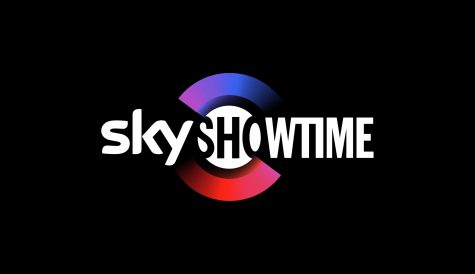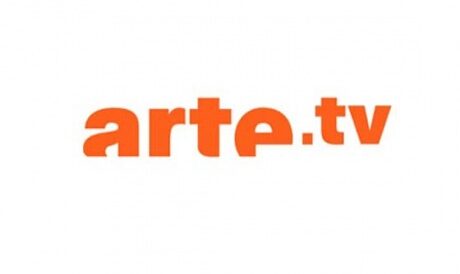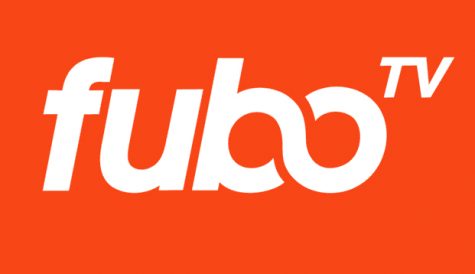One third of US consumers ‘planning to cancel cable’ this year
 One third of US consumers with a cable subscription plan to cancel their service this year, according to a survey by digital marketing agency AdTaxi.
One third of US consumers with a cable subscription plan to cancel their service this year, according to a survey by digital marketing agency AdTaxi.
According to the outfit’s annual Consumer Streaming Trends and Super Bowl Viewership survey, 40% of Americans still pay for a cable service, down from 50% three years ago, but 64% of consumers identify streaming as their preferred method of content consumption.
The survey found that 33% of Americans say they plan to cancel their cable subscription, up from 31% in 2021 and 28% in 2020. For those wanting to move away from cable, 22% claim they like the option of “binge watching” shows and 27% want to watch on their own schedule.
Streaming on the other hand is continuing to grow in popularity and levels of engagement.
The survey found that 92% of respondents stream some form of TV or video content. The majority do so through either Connected TV (64%), followed by phones (54%) and/or laptops (38%).
Some 64% of respondents turn to streaming first when looking for something to watch. A third of TV streamers obtain 100% of their TV/Video content from such services and 77% of TV streamers get the majority (over 50%) of their content via streaming services.
In relation to advertising on streaming services, the survey found that 33% of Americans believe the ads are more applicable to their personality and preferences, compared with 13% for cable and 10% for broadcast TV.
AdTaxi also found that51% of would-be viewers plan to watch the forthcoming Super Bowl on broadcast and cable, but that 49% would view it on a digital platform
Of those surveyed, 71% said they had used Netflix over the last 30 days, compared with 63%who used Amazon Prime, 53% who used YouTube TV, 44% who used Hulu and Disney+, and 32% who used HBO Max.
“It is no surprise that consumers are favouring the convenience of streaming services,” said Chris Loretto, EVP of Adtaxi.
“The results of the survey underscore the importance of capitalizing on digital audiences and is a continuation of years-long consumer trends towards convenience, cost-efficiency, and personalization in media consumption.”



